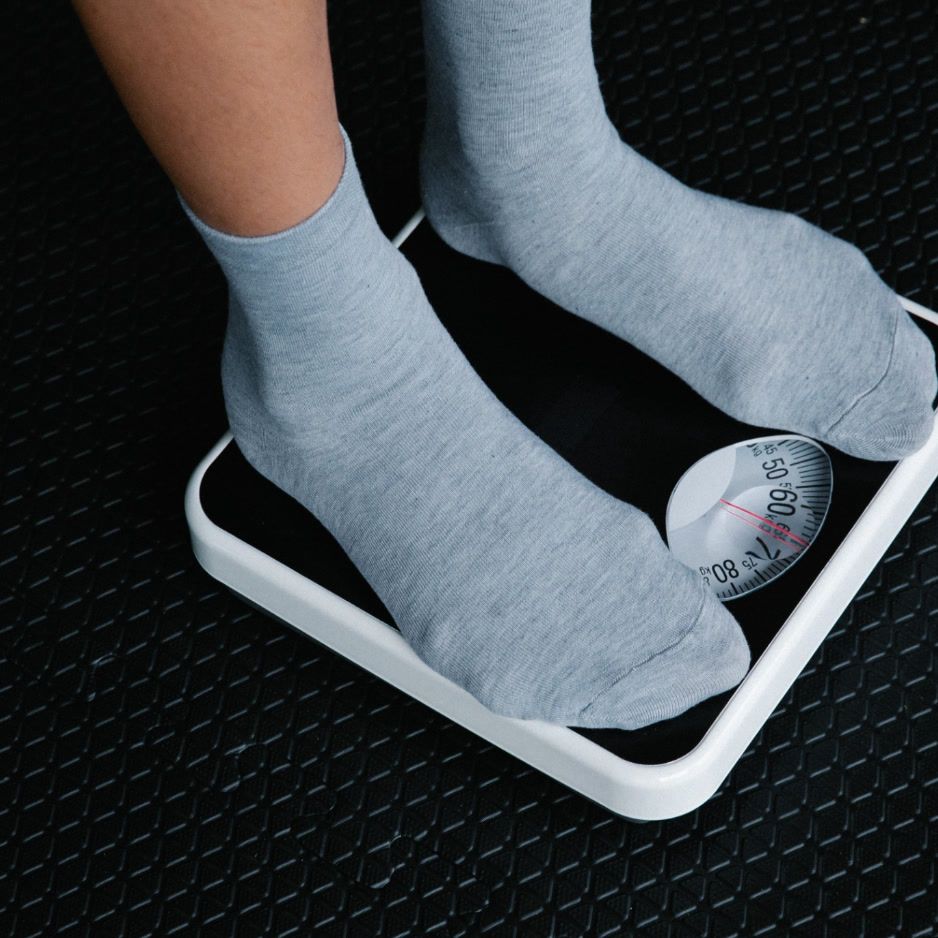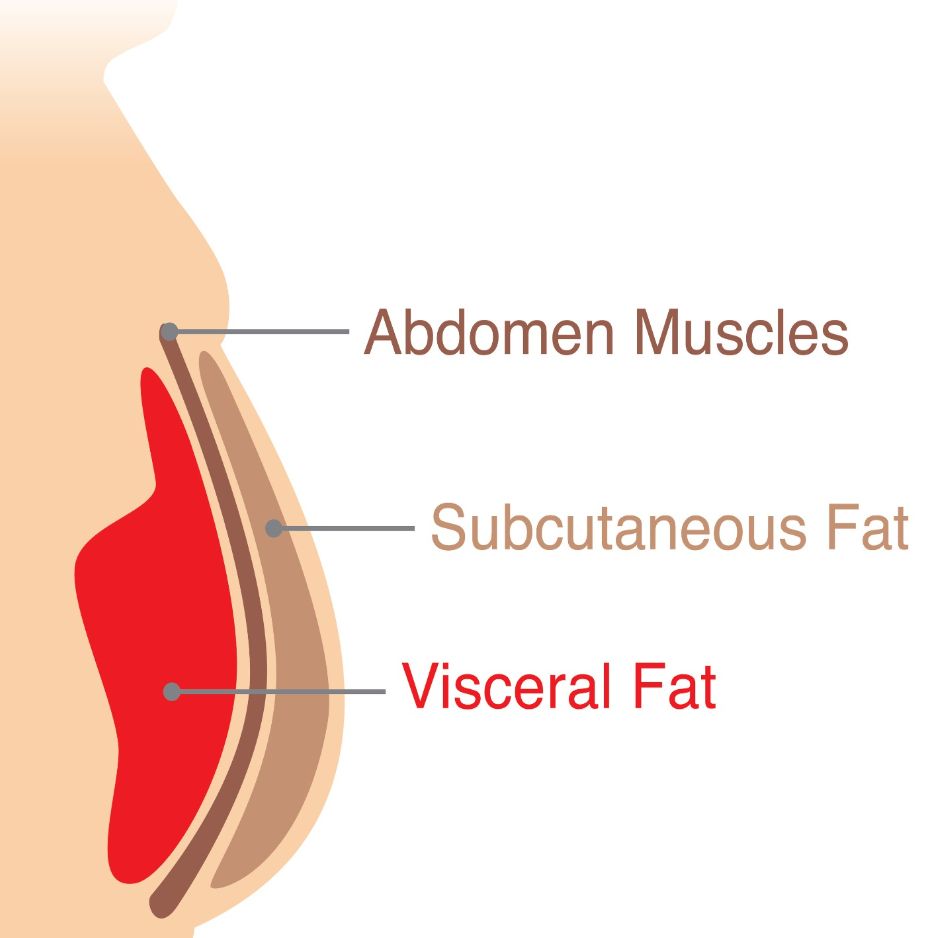Vitamins for Energy: An Evidence-Based Guide

Vitamins for Energy: A Friendly, Evidence‑Based Guide
Feeling drained by mid‑afternoon? You’re not alone. While caffeine offers a temporary lift, sustainable energy is rooted in fundamental processes: converting food to fuel (ATP), delivering oxygen efficiently, and keeping nerve signals firing smoothly. The right vitamins for energy can help—especially if you’re low.
Quick answer: Which vitamins help with energy?
- The most common nutrient links to fatigue are iron, vitamin B12 (and other B vitamins), magnesium, and vitamin D. Correcting a true deficiency can meaningfully improve energy and exercise tolerance (Harvard Health overview).
- CoQ10 shows modest, dose‑ and duration‑dependent reductions in fatigue in randomized trials (2022 meta‑analysis).
- Supplements don’t “create” energy if your levels are already normal. Test, don’t guess—and go food‑first before adding pills (Harvard Health).
What “energy” really means in your body
“Feeling energized” maps to three everyday systems:
- Cellular energy production: B vitamins and magnesium help enzymes turn food into ATP—the body’s usable energy currency (NIH ODS: Magnesium; NIH ODS: Vitamin B12).
- Oxygen delivery: Iron builds hemoglobin; B12 and folate help make healthy red blood cells so oxygen reaches tissues (NIH ODS: Iron; NIH ODS: Vitamin B12).
- Nerves and muscles: Magnesium helps muscles contract and relax and supports normal nerve signaling (NIH ODS: Magnesium).
Bottom line: if any of these inputs is running low, you’ll feel it as fatigue, brain fog, or reduced exercise capacity.
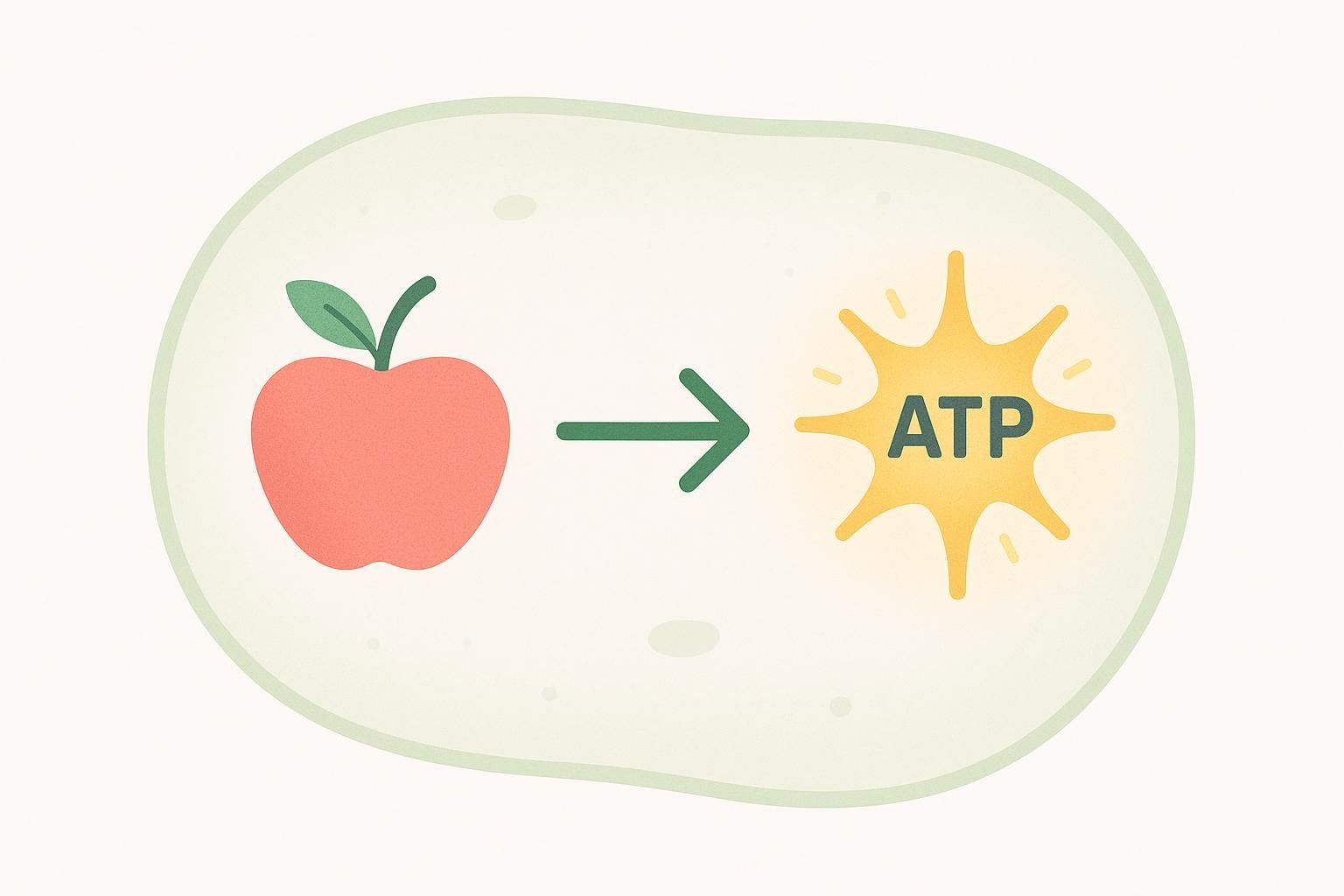
5 Key Vitamins and Minerals for Energy
1) Iron: Your oxygen‑delivery workhorse
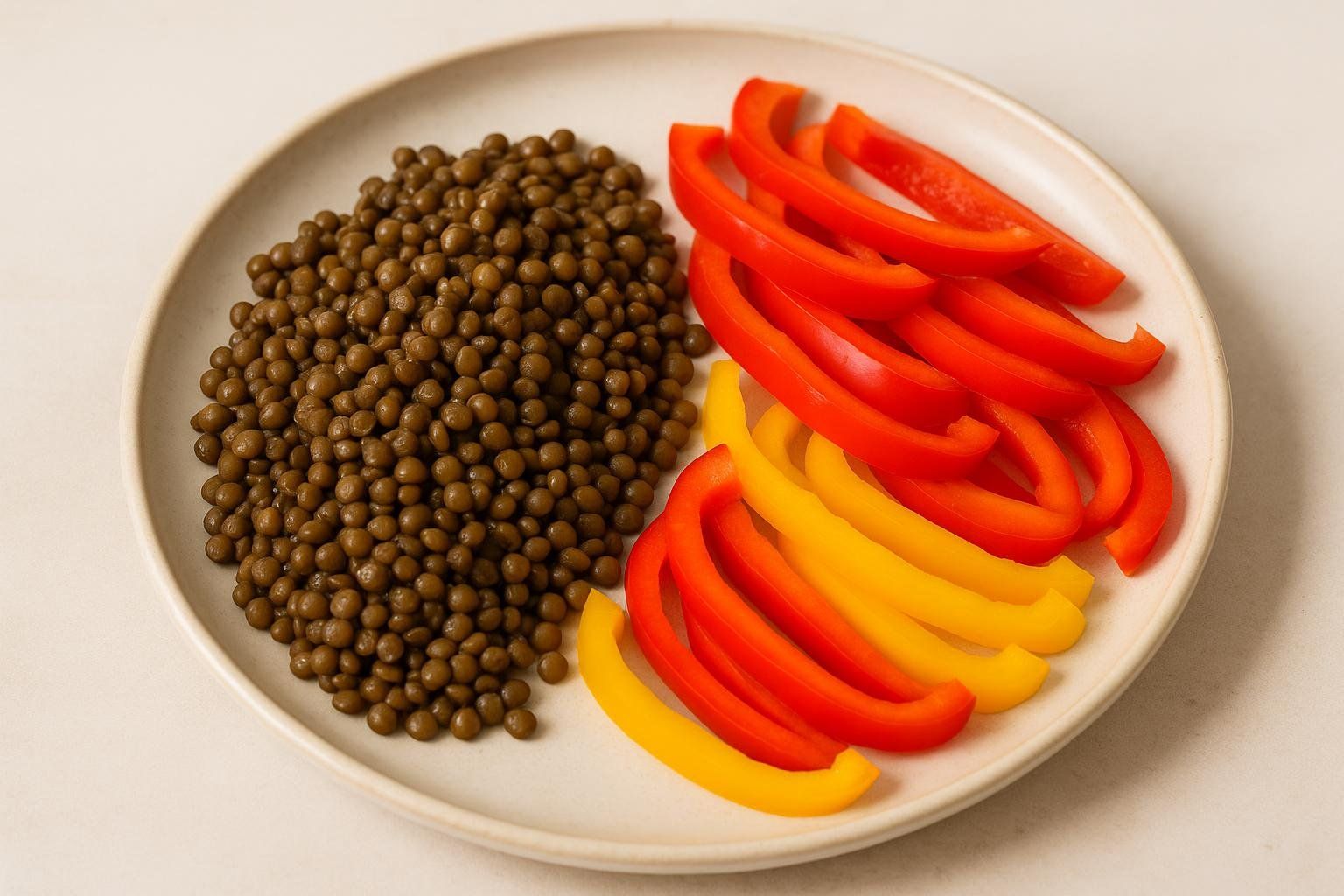
- Why it matters: Low iron is a leading cause of anemia. Less hemoglobin = less oxygen to tissues = fatigue and reduced exercise capacity (NIH ODS: Iron; Harvard Health).
- Who’s at higher risk: People who menstruate (especially with heavy periods), pregnant individuals, frequent blood donors, endurance athletes, and people with certain GI conditions.
- Food first: Heme iron (best absorbed): lean red meat, poultry, seafood. Non‑heme iron: beans, lentils, tofu, leafy greens, fortified cereals. Pair plant sources with vitamin C (citrus, bell peppers) to boost absorption.
- Supplement note: Only supplement if labs confirm low iron or iron‑deficiency anemia. High doses can cause GI upset and, in excess, organ damage; adult UL is 45 mg/day.
2) Vitamin B12 (and the B‑complex): Metabolism’s “spark plugs”

- Why it matters: B12 is essential for red blood cells, nervous system health, and DNA synthesis; other B vitamins help turn food into fuel (NIH ODS: Vitamin B12; Harvard Health).
- Who’s at higher risk: Older adults (absorption declines), vegans/strict vegetarians, people on metformin or acid‑suppressing meds, and those with GI disorders.
- Food first: Fish, meat, eggs, dairy; fortified cereals and nutritional yeast for plant‑based eaters.
- Supplement note: Corrects deficiency but won’t boost energy if levels are normal. RDA for adults: 2.4 mcg; no established UL.
3) Magnesium: The quiet co‑pilot for ATP

- Why it matters: Magnesium supports 300+ reactions, including ATP production, muscle/nerve function, and heart rhythm. Low intake is common; early deficiency often manifests as fatigue and weakness (NIH ODS: Magnesium).
- Who’s at higher risk: People with GI disease, type 2 diabetes, chronic alcohol use, and some older adults; athletes may have higher needs.
- Food first: Nuts, seeds, legumes, whole grains, leafy greens, and fortified foods.
- Supplement note: Consider starting low and choosing well‑absorbed forms (e.g., citrate); the UL for supplemental magnesium is 350 mg/day for adults (food doesn’t count toward this). For sleep specifics, see our guide: Magnesium for Sleep: Benefits, Dosage, and Forms.
4) Vitamin D: Muscle function and everyday vitality

- Why it matters: Vitamin D supports muscle function, bone health, and immune regulation; deficiency is common and can contribute to weakness and low mood (NIH ODS: Vitamin D; Harvard Health).
- Who’s at higher risk: Limited sun exposure, darker skin, older adults, obesity, and fat‑malabsorption conditions.
- Food first: Fatty fish, egg yolks; fortified milk and cereals.
- Supplement note: RDA: 600–800 IU (15–20 mcg) for most adults; UL: 4,000 IU (100 mcg) unless clinically indicated.
5) Coenzyme Q10 (CoQ10): Mitochondrial helper with growing evidence
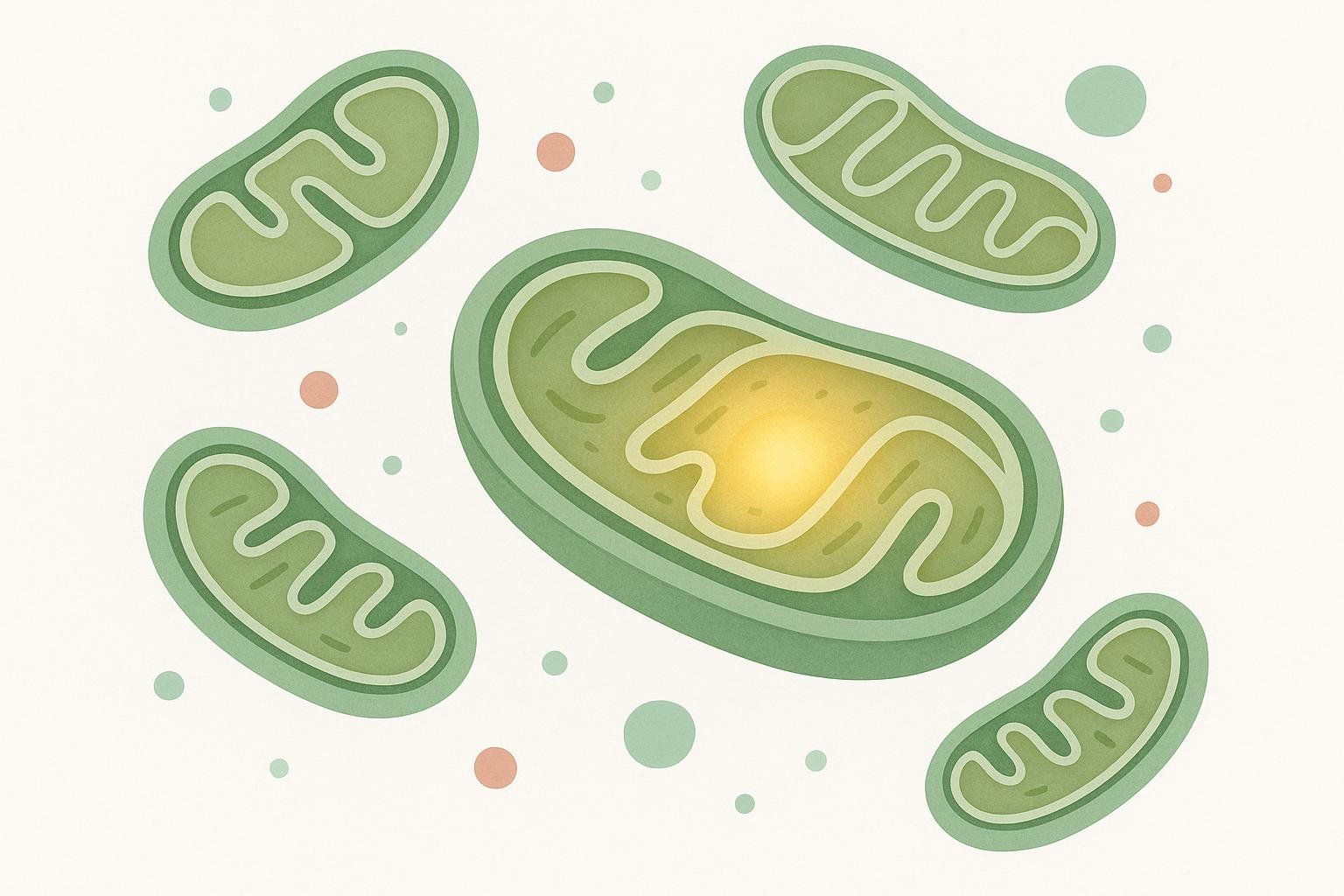
- Why it matters: CoQ10 helps shuttle electrons in the mitochondrial respiratory chain. Across 13 RCTs (n≈1,126), CoQ10 significantly reduced fatigue versus placebo; higher doses and longer use worked better (2022 meta‑analysis). Evidence is mixed for performance enhancement—focus here is perceived fatigue (NIH ODS: Exercise & Athletic Performance).
- Who’s at higher risk: Older adults and some people taking statins, which can lower circulating CoQ10.
- Supplement note: Generally well‑tolerated; may interact with warfarin/anticoagulants—check with your clinician.
Who benefits most from energy supplements?

Consider targeted testing and nutrition if:
- Heavy periods or postpartum fatigue: Ask about iron studies (CBC, ferritin) to check for iron deficiency.
- Vegan or mostly plant‑based and often tired: Review B12 intake and consider fortified foods or a B12 supplement if low.
- Endurance training, frequent cramps, or “tired‑but‑wired” sleep: Check magnesium intake and overall electrolytes; see our science‑backed guide to electrolytes to balance sodium and fluids.
- Limited sun, winter blues, or older age: Discuss vitamin D testing and targeted dosing if low.
- Persistent fatigue despite normal labs: Discuss a time‑limited CoQ10 trial with your clinician to review dosage and potential medication interactions.
Food‑first plan: build your “energy plate”
Emphasize micronutrient‑dense staples that cover common gaps:
- Iron: Lean red meat 1–2×/week; beans + vitamin C (citrus, bell peppers) to boost absorption.
- B12: Fish, eggs, dairy; fortified cereals or nutritional yeast if plant‑based.
- Magnesium: Almonds, cashews, pumpkin seeds, black beans, oats, spinach.
- Vitamin D: Salmon, fortified milk/plant milks, fortified cereals; consider safe sun exposure where appropriate.
For a bigger picture refresh, see: Micronutrients: Are You Getting What You Need?
Smart, safe supplementation: test, target, track

Use labs and labels to personalize—and avoid overshooting.
- Lab basics to discuss with your clinician: CBC and ferritin (iron status), serum B12 ± MMA, 25(OH)D (vitamin D), and a dietary review for magnesium intake.
- Respect RDAs/ULs and interactions:
- Iron: RDA varies by age/sex; adult UL 45 mg/day. Separate from calcium; review med interactions.
- B12: RDA 2.4 mcg; no UL; high‑dose usually reserved for low levels.
- Magnesium: Prioritize food; supplemental UL 350 mg/day; separate from certain antibiotics and bisphosphonates.
- Vitamin D: RDA 600–800 IU; UL 4,000 IU; avoid megadoses without guidance.
- CoQ10: Often 100–300 mg/day in studies; review anticoagulants/chemo interactions.
- Quality counts: Choose third‑party tested brands (USP, NSF, Informed Choice). Be wary of “proprietary energy blends” with undisclosed doses.
Make your plan measurable with BodySpec
Correcting nutrient gaps can reduce fatigue—but improvements can also be measured in your body composition and metabolic rate over time. BodySpec’s DEXA scan gives a clear view of lean mass, fat mass, and visceral fat—factors tied to energy levels and exercise capacity.
- Want lifestyle tactics beyond vitamins? Try: How to Get More Energy: 13 Science‑Backed Ways
- Ready to track progress? Book a BodySpec DEXA scan
Always consult your healthcare provider before starting any new supplement, especially if you have an existing medical condition, are pregnant, or take prescription medications.

